5 Tips To Get Birds Flocking To Your Yard – According To A Bird Feeding Expert
Attract more beautiful birds to your garden, and help to support wildlife, with these essential tips.


Feeding backyard birds is such a wonderful way to help local wildlife and support biodiversity in the garden.
Watching feathered friends dart between feeders and preen themselves on perches is also one of the most enjoyable ways to feel connected to nature.
‘Encouraging birds to the garden is simple and anybody can do it, regardless of how much outdoor space is available,' says Eric Michels, wildlife expert and Head of Pro at bird food specialist CJ Wildlife.
Sadly, however, many gardeners are left feeling disappointed when feeders are underutilized, or are only visited by pests and more aggressive birds.
There are several bird feeding mistakes that may be contributing to this lack of interest. But with a few simple steps you will soon have desirable birds flocking to your garden.
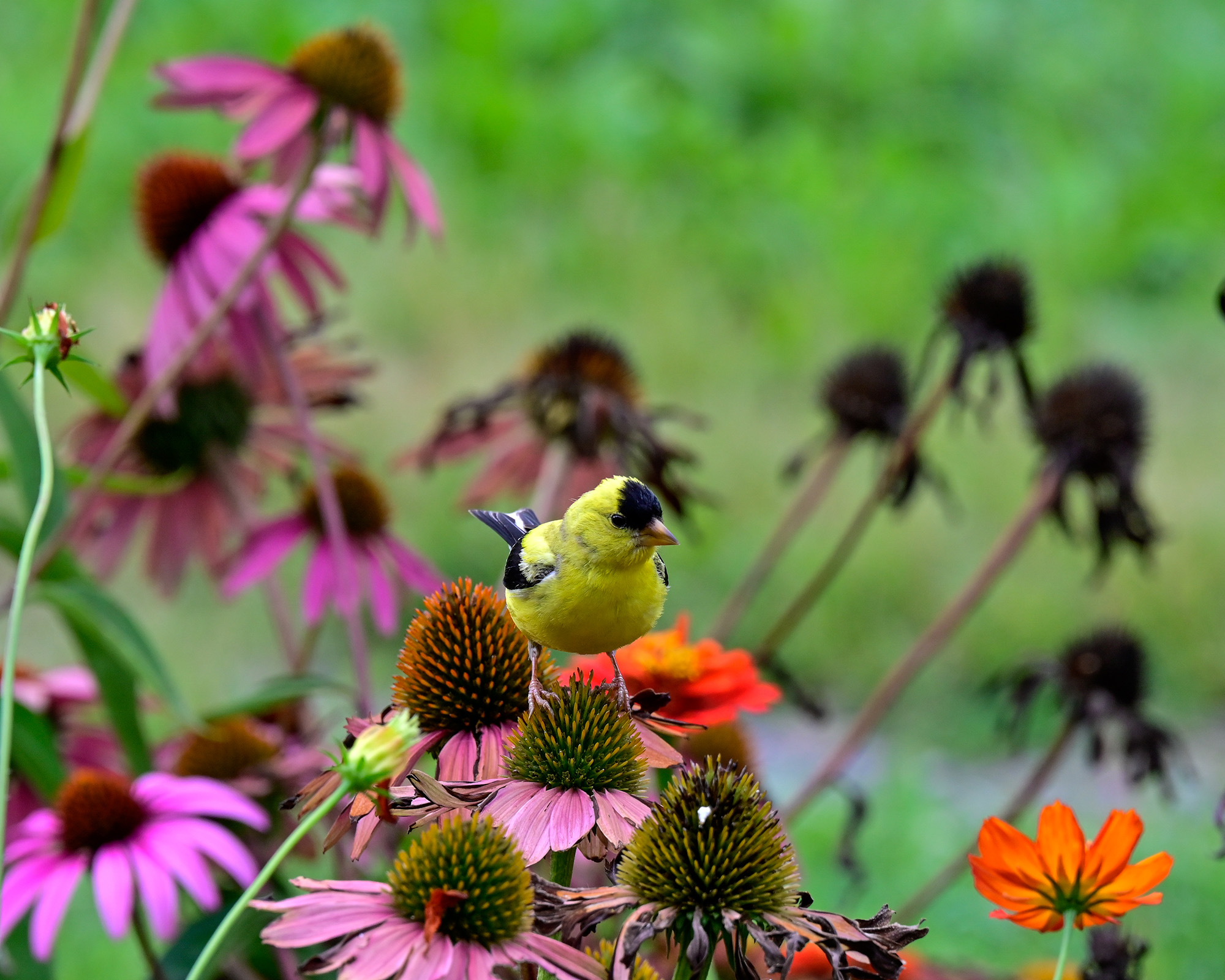
1. Provide a wider choice of food
When it comes to choosing bird food, the options can feel overwhelming. 'With so many different types available, it can be quite difficult to know which is best,’ says Eric.
‘It all depends on the birds you see mostly in your area and what types of foods they prefer. To encourage specific species, try providing their favorite meals.’
Sign up for the Gardening Know How newsletter today and receive a free copy of our e-book "How to Grow Delicious Tomatoes".
- Sunflower seeds are almost universally popular, and are devoured by a wide range of birds.
- Nyjer seeds are particularly enjoyed by finches, buntings, redpolls, juncos, and mourning doves.
- Safflower is popular with cardinals, as well as woodpeckers, grosbeaks, chickadees, and native sparrows.
- Corn and peanuts are enjoyed by some desirable visiting birds, but also by pests, so give these conservatively.
- Mealworms are loved by a huge range of birds, including robins, wrens, woodpeckers, nuthatches, titmice, and bluebirds.
- Suet and lard are important fat sources for many types of birds. Increase supplies of these over winter.
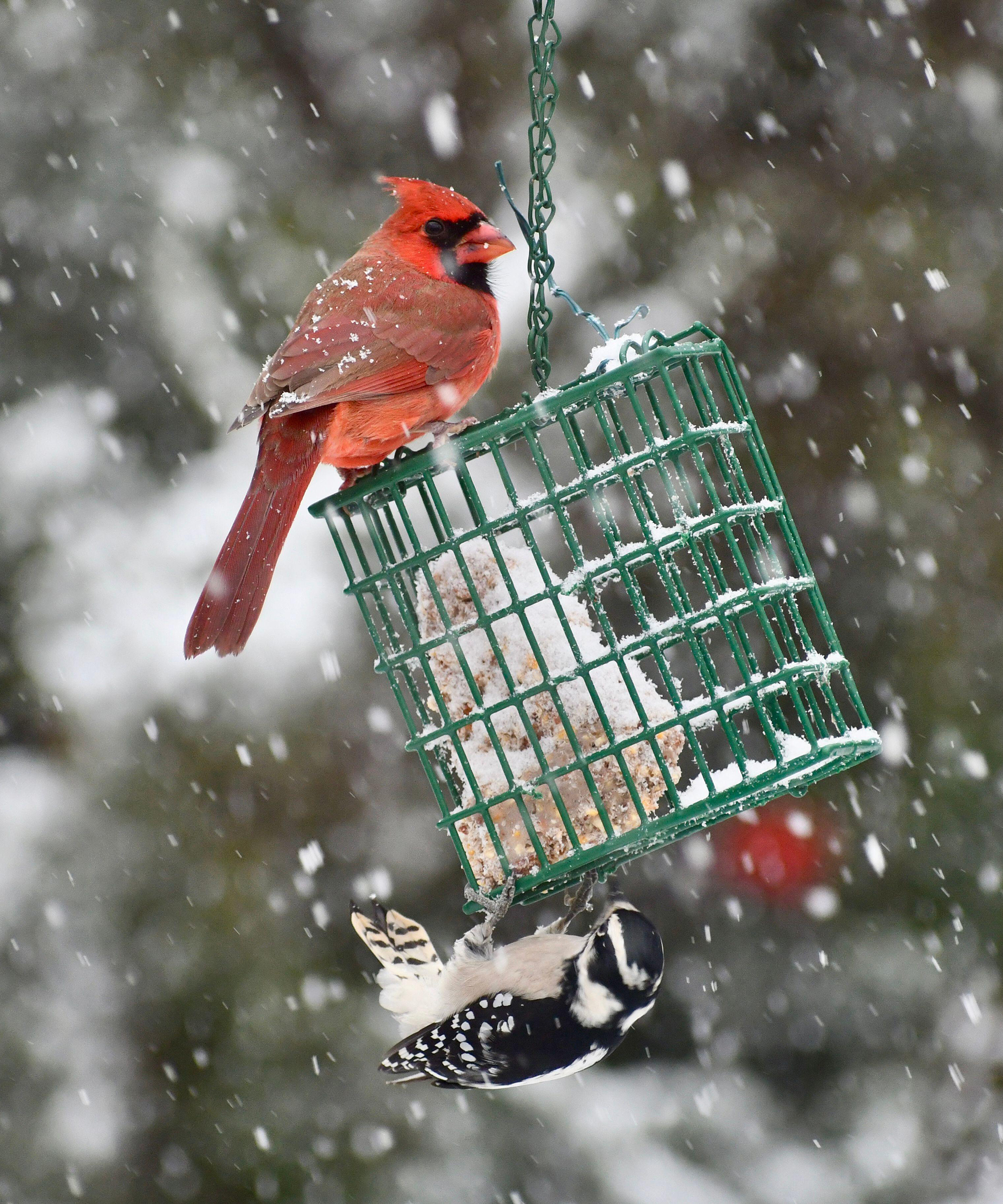
2. Vary your feeders
Different species of birds have different feeder preferences – some like to feed from the floor, or on flat, sheltered feeding tables. Others enjoy the experience of perching on hanging feeders.
‘The best way to encourage a wider variety of birds to the garden is to place an array of feeder types, so all birds feel welcome,’ says Eric. ‘Just be sure to regularly clean them with a veterinary-approved disinfectant to prevent diseases.’
Hopper feeders are appealing to the widest range of birds, but to broaden appeal you should also include a platform or table feeder for birds that like to feed this way. Other feeders are tailored to food types, such as suet feeders, nyjer feeders, mealworm feeders, and peanut feeders. There are so many DIY bird feeder ideas that you don't even need to spend much money.
‘Whole peanuts should only be fed to birds in a mesh feeder, as this prevents small or young birds from choking,' adds Eric. The mesh size should also be large enough to prevent beak damage, but small enough to not allow large pieces to fall out.’
‘For protection against those pesky squirrels, choose a seed feeder with a guardian cage, as this ensures small birds can get to the seed with ease, and deters large birds, predators and squirrels.’
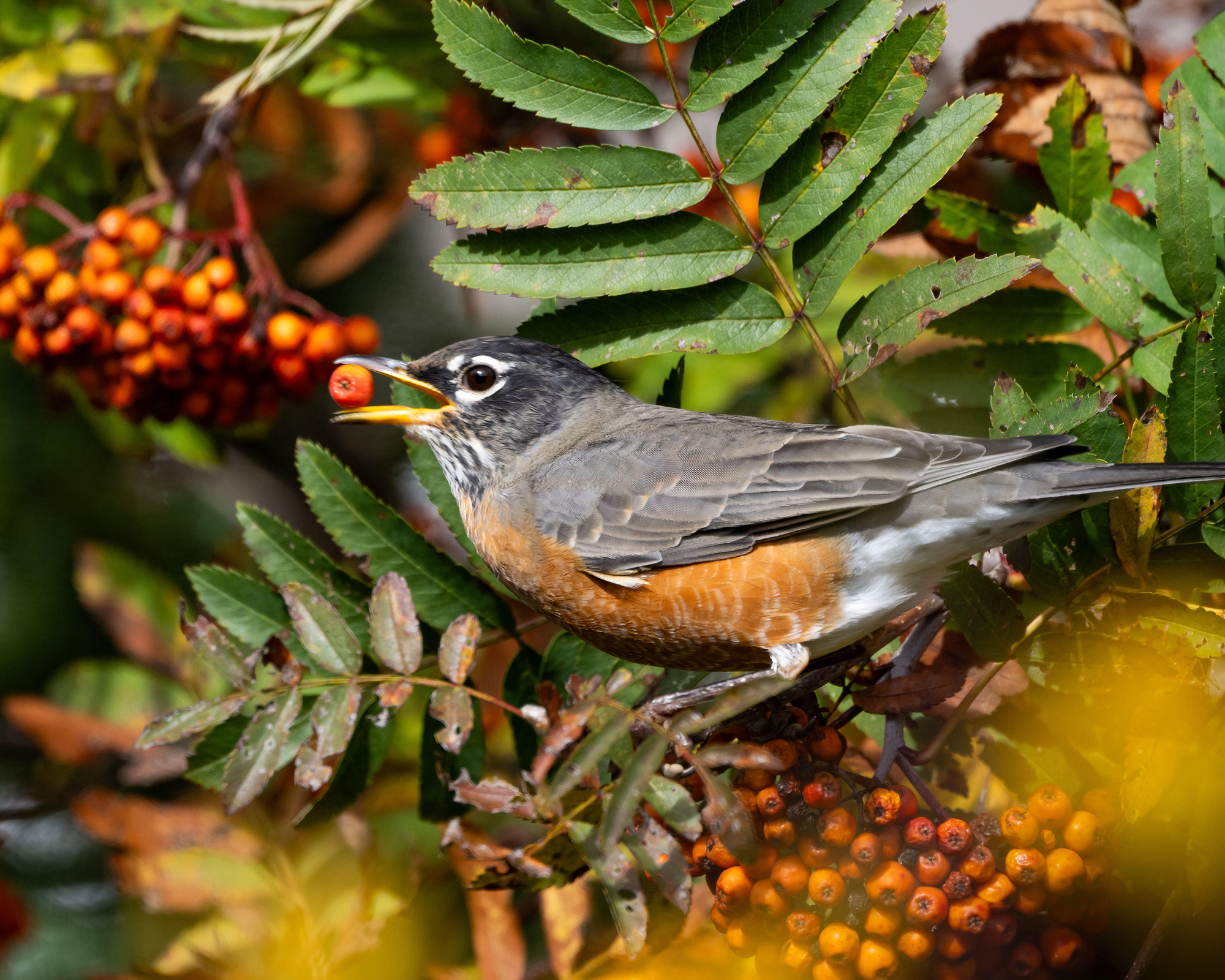
3. Make your garden more attractive to birds
It’s not enough to just put out feeders for birds to flock to your garden – you need to make the garden as a whole more wildlife-friendly. This will help the birds to see your garden as a sanctuary where they can feel safe from predators, enjoy spending time, and even make a home.
‘The key to creating a bird garden is to introduce a mixture of small habitats such as dense shrubs and plants, like ivy and firethorns. These are great choice to provide birds with shelter and cover from predators, as well as food and roosting opportunities,’ says Eric.
‘Planting insect-friendly flowers and plants is a perfect way to introduce more natural food choices to the garden – cornflowers, marigolds, and honeysuckle are just some options.’
Don’t forget to include bird attracting berry plants, and flowers that have edible seeds to complement the food source you provide. Sunflowers and many wildflowers will provide a rich source of food for birds.
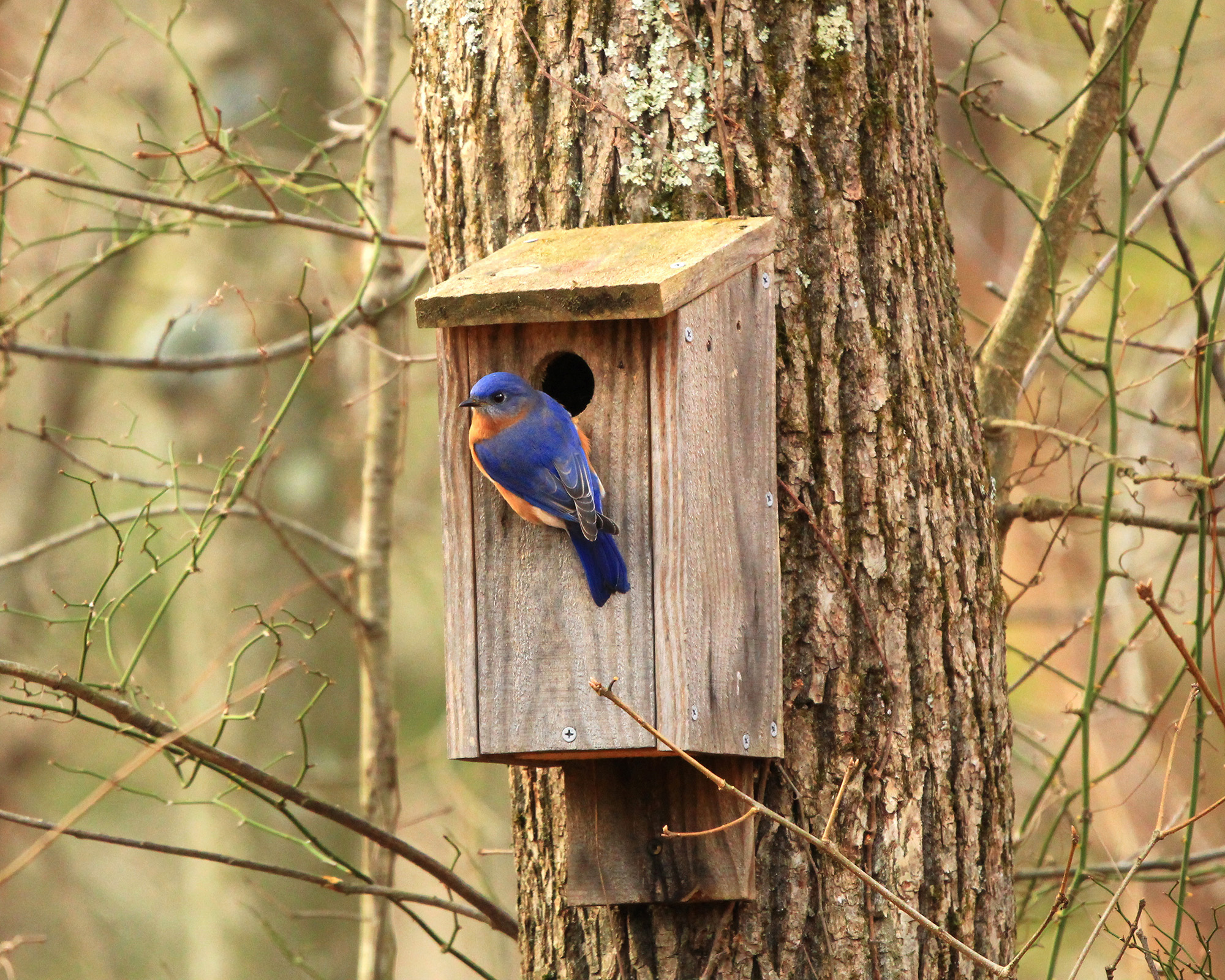
4. Add bird boxes to your garden
‘Adding nest boxes to the garden is an easy way to provide birds with a space to shelter over the winter months, and then nest in the spring,’ says Eric.
‘When choosing the box, it’s best to pick one with insulating and durable materials – a combination of wood fibers and concrete will create a warm and resilient nest box.’
According to the National Audubon Society, there’s no one-size-fits-all policy when it comes to the type and position of nest boxes. ‘Eastern bluebirds, for instance, will go for boxes that face east towards open land, while barn swallows will nest in open boxes that are set up in sheltered areas close to a mud source.’
It’s best to consider what types of bird you want to attract to your garden, then choose and position the box accordingly.
Bear in mind that birds may not occupy your bird box immediately. It might take a year or longer, so think long term and be patient.
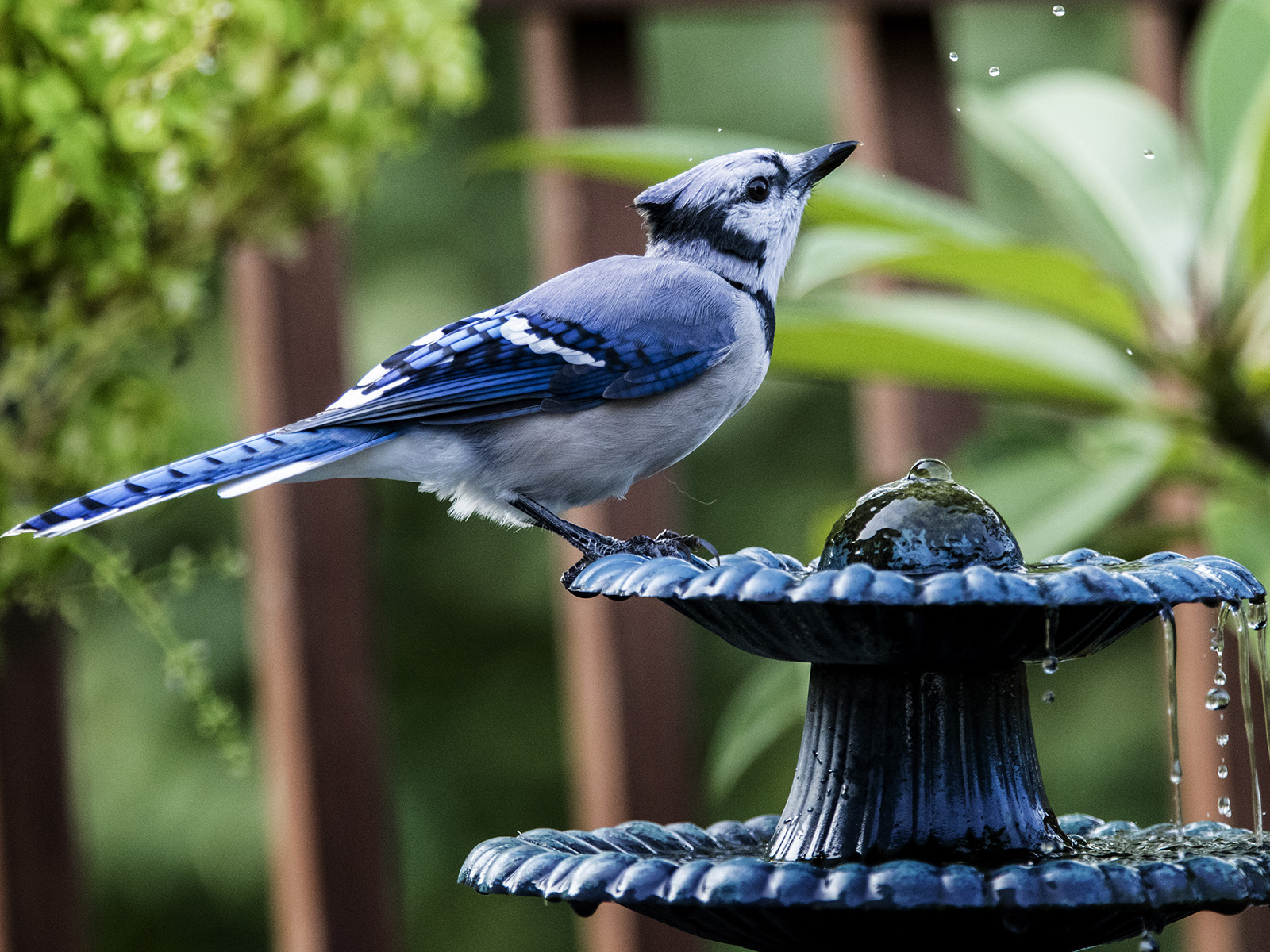
5. Invest in a bird bath
Birds need a fresh supply of water – even in the winter, when many water sources may be frozen. A heated bird bath is ideal to support feathered friends at this time of year.
‘Bathing is vital for birds’ survival, and being able to clean their feathers in clean water each morning will help prepare them for another cold night ahead,’ says Eric. ‘Providing water is simple – either choose a bird bath or create your own mini wildlife pond using an old plant pot, pond liner, and stones for perching.
‘Keep them topped up each day with clean, fresh water and sanitize regularly with a veterinary-approved disinfectant to prevent illness.’

Melanie is an experienced gardener and has worked in homes and gardens media for over 20 years. She previously served as Editor on Period Living magazine, and worked for Homes & Gardens, Gardening Etc, Real Homes, and Homebuilding & Renovating. Melanie has spent the last few years transforming her own garden, which is constantly evolving as a work in progress. She is also a passionate organic home grower, having experimented with almost every type of vegetable at some point. In her home, Melanie tends to an extensive houseplant collection and is particularly fond of orchids.